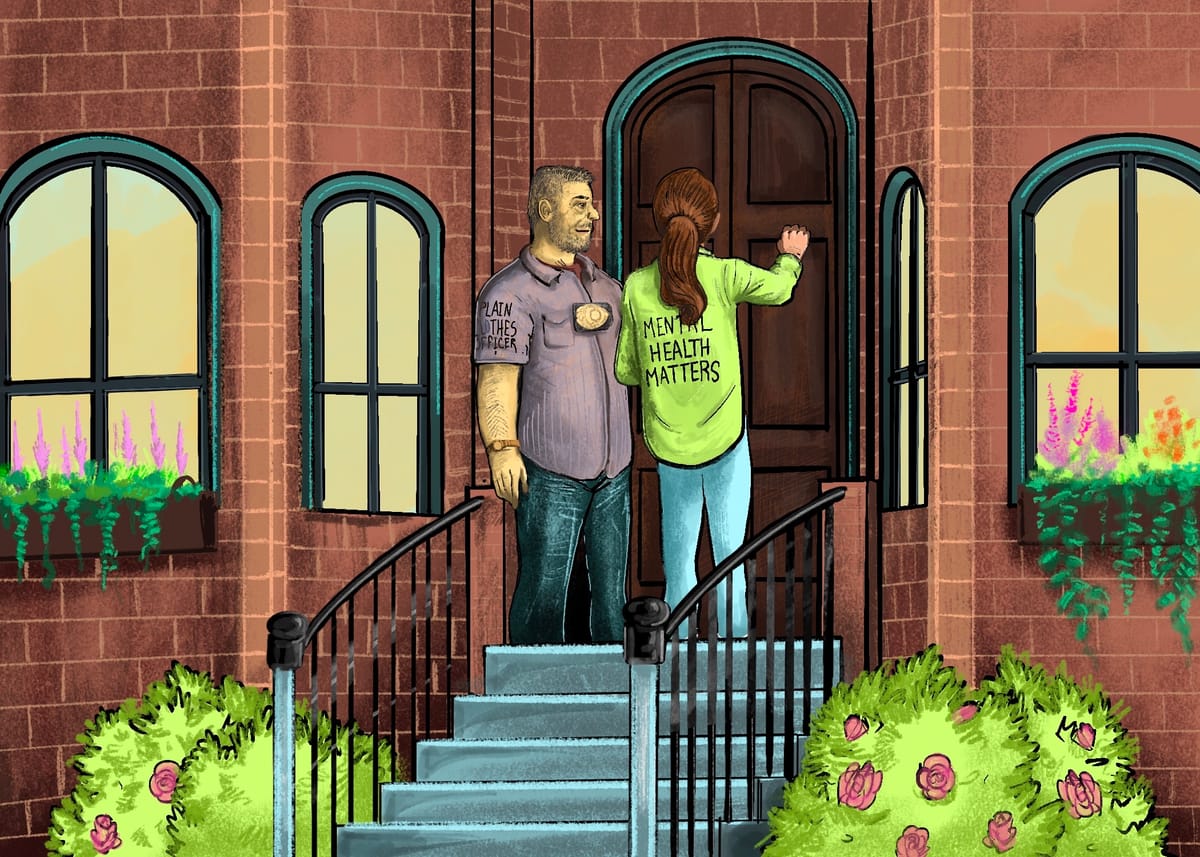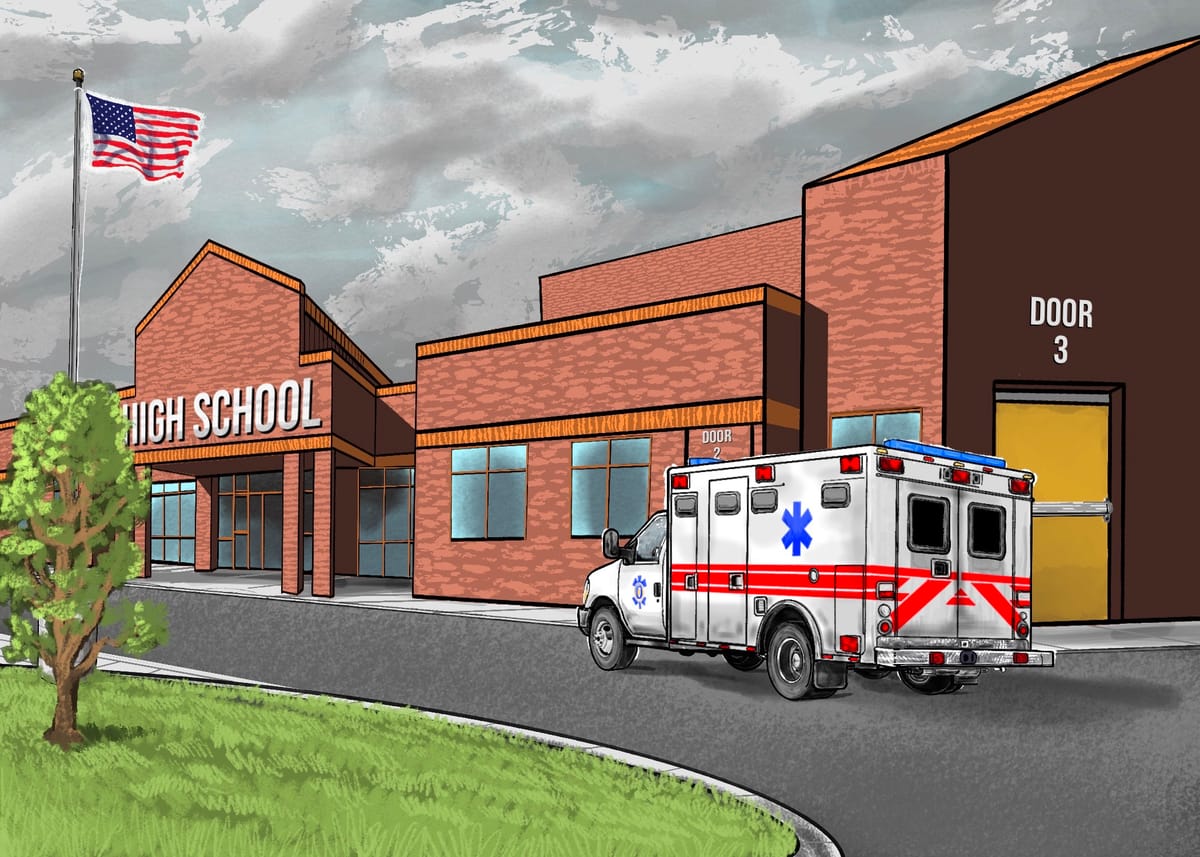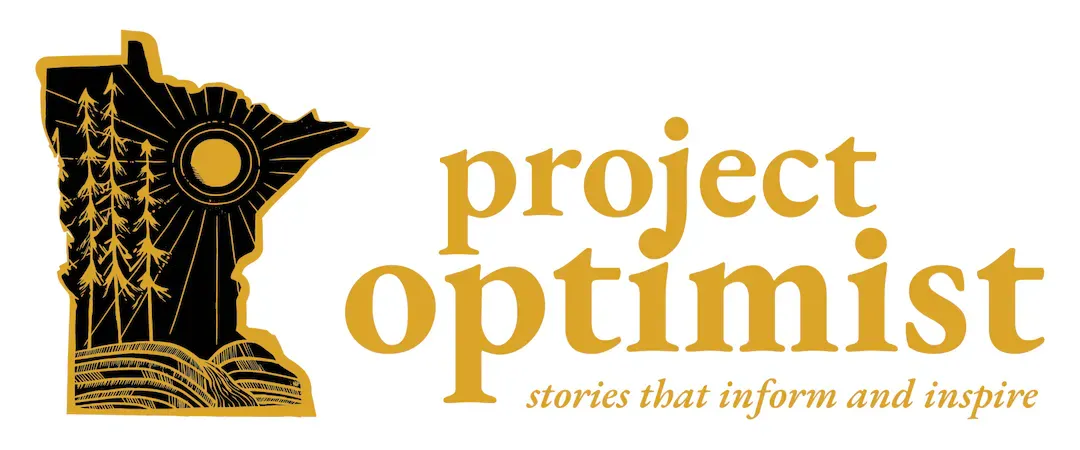How Rochester and Duluth respond to mental health and substance use calls
'Ultimately the goal for us is to not have law enforcement, police officers, involved with every single psych event or mental health crisis that goes on here in the city,' said Captain Jennifer Hodgman of the Rochester Police Department.

In Rochester last year, law enforcement officers responded to more than 700 calls with the help of social workers who specialize in mental health and substance use. Those same social workers handled 1,400 calls without law enforcement, freeing up officers for other duties.
“Ultimately the goal for us is to not have law enforcement, police officers, involved with every single psych event or mental health crisis that goes on here in the city,” said Captain Jennifer Hodgman of the Community Services Division in the Rochester Police Department (RPD). Other goals include keeping people in mental health crises out of jail and connecting them to services.
Hodgman grew up in southeast Minnesota and started her career as a probation officer. She was drawn to community-based work and rose through the ranks at the Rochester Police Department over 21 years, becoming the first woman promoted to captain in the department earlier this year. “That’s my claim to fame here,” she said.

Co-responder programs pair law enforcement officers with mental health practitioners to respond to mental health crisis calls. They emerged in the U.S. in the 1990s and entered Minnesota about 10 years ago. Olmsted County has one of the oldest programs in the state, which started in 2017.
“The biggest success out of our program is the fact that our community outreach specialists are offering mental health expertise,” Hodgman said. “Those interactions result directly in improved outcomes.”
De-escalation can reduce the risk of self-harm and homicide as well as police-involved shootings. Some of these calls bypass the police entirely. Law enforcement gets involved when there are weapons or threats of violence and if mental health providers aren’t available.
“Most of the time, they are showing up in an unmarked vehicle, and they're not wearing the standard uniform that law enforcement comes with, because we know that that can exacerbate some symptoms that people are having or put fear in people,” said Bethany Oberg, coordinator for the CommUNITY Adult Mental Health Initiative, which covers Benton, Stearns, Sherburne, and Wright counties.
Hodgman said co-response is becoming a best practice. She measures impact through the number of calls resolved on scene without arrest or transfer to treatment – 85 percent of the roughly 2,200 calls involving outreach specialists were resolved on site last year.
Sign up for Project Optimist
Solution-focused news, local art, community conversations
Free weekly newsletters featuring local news and moments of delight.
Paying for the programs
Last fall, Minnesota awarded eight grants of up to $200,000 to co-responder programs in the state as part of its Crisis Response Grant Program. Two more grants went to agencies using the Alternative Response Team (ART) model.
The legislature also provides millions of dollars in funding for mobile crisis response teams that respond to mental health crises without law enforcement. In 2023 and 2024 the state provided roughly $30 million each year for mobile crisis programs, but the programs cost around $57.5 million a year, according to a 2025 fact sheet for lawmakers from NAMI Minnesota.
 Project OptimistJen Zettel-Vandenhouten
Project OptimistJen Zettel-Vandenhouten
Mobile crisis teams can be an alternative to law enforcement and are made up of mental health or behavioral health professionals. Co-response programs pair law enforcement with mental health professionals.
Duluth has a co-responder program: the CORE Program. The Duluth Police Department budget covers two sworn officers in the unit. Two embedded social workers are St. Louis County employees, and one social worker is funded for 10 years by an opioid grant.
Olmsted County funds its co-responder program, and social workers are county employees. The RPD provides office space to the social workers embedded with them.
 Project OptimistJen Zettel-Vandenhouten
Project OptimistJen Zettel-Vandenhouten
Due to funding limitations, co-responder programs don’t all operate 24-hours a day, every day. During gaps, law enforcement responds on its own, or mobile crisis teams step in to help. Other mental health supports, like crisis hotlines, are always open.
The RPD tries to staff its social workers during the busiest times – weekends and into Monday,” Hodgman said. “If it was a perfect world, and we had all the funding we could, we'd have our outreach specialists staffed 24/7.”
This story was edited by Becca Most and Mikki Morrissette and fact-checked by Nora Hertel. It is part of a collaboration with Minnesota Women's Press and was also published in the November/December issue of the magazine.
